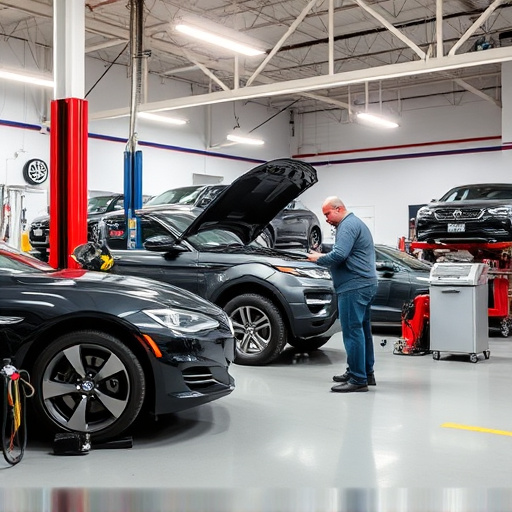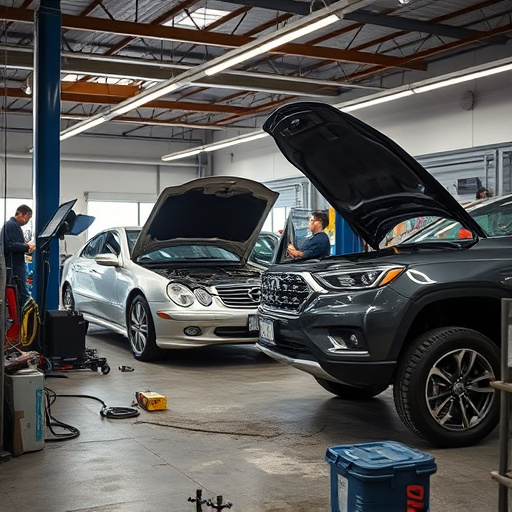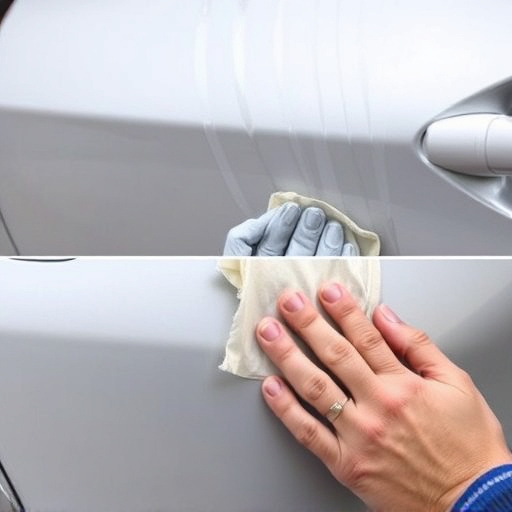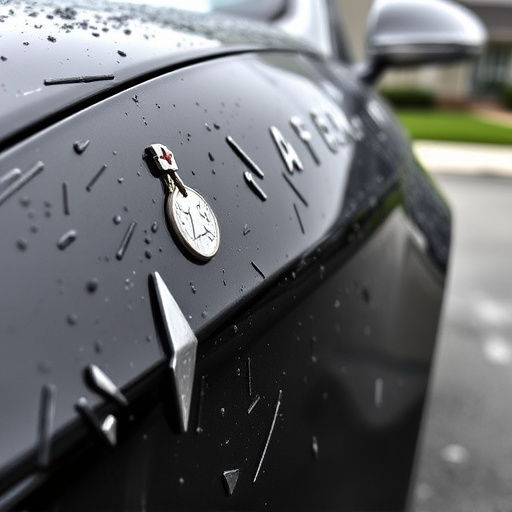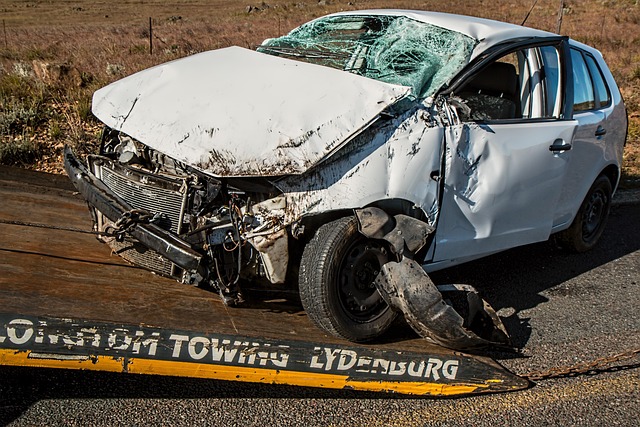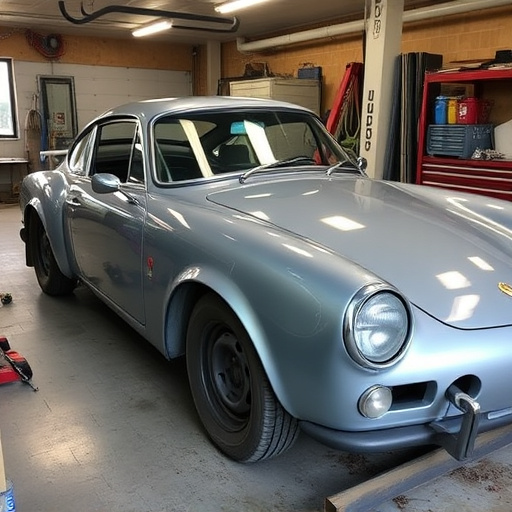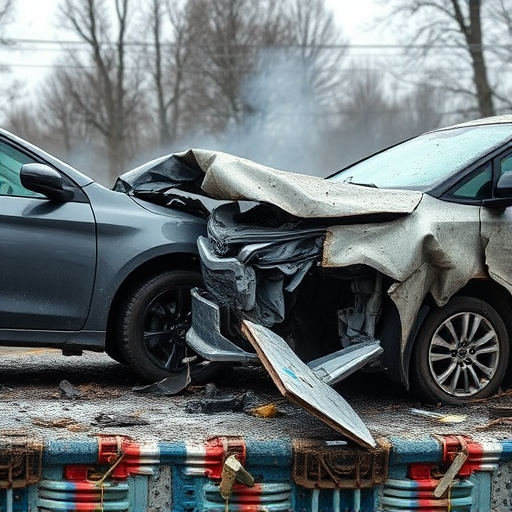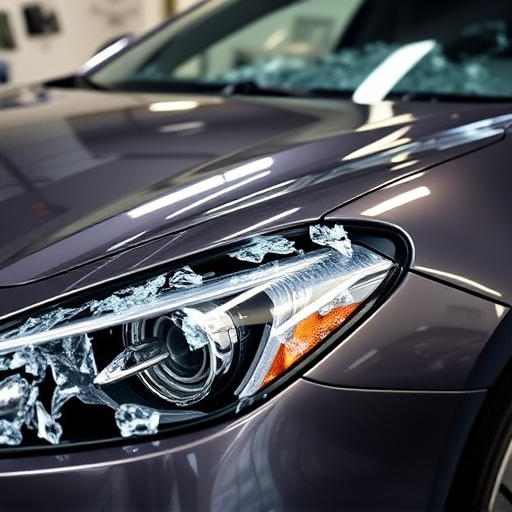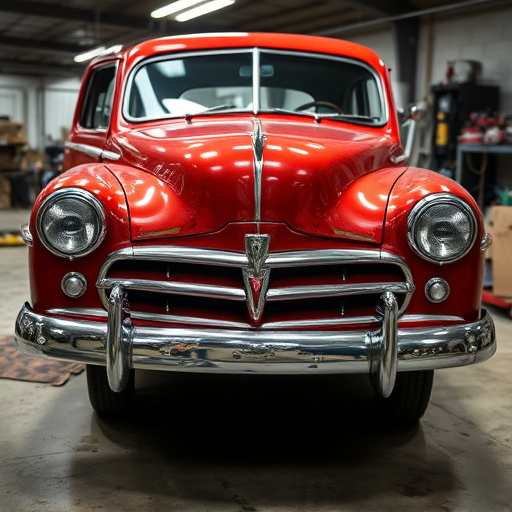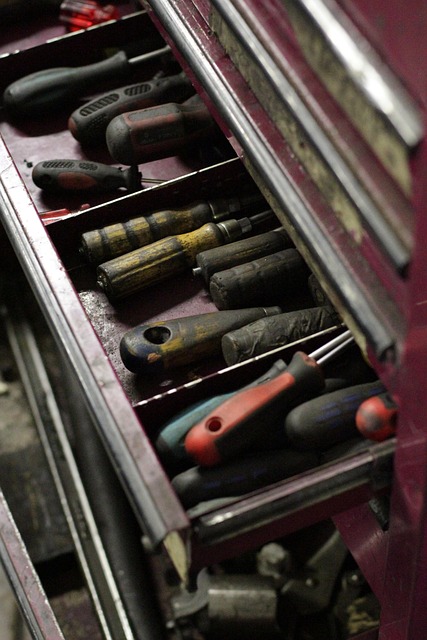After a collision, seat repair addresses comfort and safety by assessing fabric, foam, and frame damage. Repairs range from reupholstering to specialized tools for complex issues like bent frames or compressed foam. Accurate color matching ensures a seamless finish. Prompt repair is crucial for structural integrity, proper airbag/belt function, and passenger comfort. Skilled technicians use methods like paintless dent repair and body shop repairs to restore seats to pre-incident state, integrating seamlessly with the vehicle's interior.
After a collision, vehicle comfort is more than just aesthetics. Understanding how seat repair after collision damage affects driving experience is crucial. This article delves into the intricate process of seat repair, exploring its impact on both safety features and overall passenger comfort. We’ll present effective strategies to restore comfort, ensuring your vehicle not only meets safety standards but also provides a satisfactory driving environment. By understanding seat repair collision damage, folks can make informed decisions for their vehicular needs.
- Understanding Seat Repair Process After Collision Damage
- Impact of Collision on Vehicle Comfort and Safety Features
- Restoring Comfort: Effective Strategies for Seat Repair
Understanding Seat Repair Process After Collision Damage
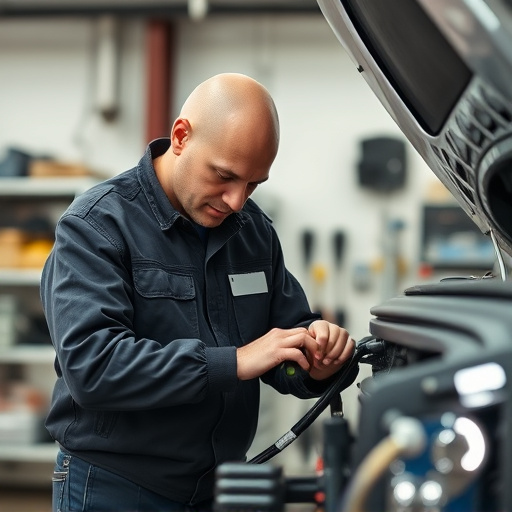
After a collision, understanding the seat repair process is vital for any vehicle owner concerned about comfort and safety. The first step in repairing seat damage often involves assessing the extent of harm. This includes examining the fabric, foam, and frame for cracks, tears, or deformations. In severe cases, replacement parts might be needed to ensure structural integrity and passenger protection during future drives.
The actual repair process varies depending on the type and severity of the damage. For minor issues like scrapes or burns, re-upholstering can restore the seat’s appearance. More complex problems, such as frame bending or extensive foam compression in Mercedes Benz repairs, might require specialized tools and techniques. Car paint repair skills are crucial for matching colors accurately to ensure a seamless finish after the seat is restored.
Impact of Collision on Vehicle Comfort and Safety Features

A collision, even a minor one, can significantly impact a vehicle’s comfort and safety features, often exacerbating existing issues or introducing new problems. Seat repair after a collision is crucial not just for aesthetic restoration but for maintaining the vehicle’s structural integrity and ensuring passenger security. Damage to seats can range from tears in the fabric to underlying framework deformation, necessitating expert assessment and precise repairs.
Beyond seat repair collision damage may also compromise other safety mechanisms such as airbags, belt systems, and impact-absorbing structures. Car repair services specializing in collision repair employ skilled technicians to evaluate and rectify these issues, ensuring that the vehicle not only looks like new but also continues to provide optimal safety for its occupants, a factor paramount in today’s world. Similarly, consider car body repair as an essential component of restoring overall vehicle performance and passenger comfort after a collision.
Restoring Comfort: Effective Strategies for Seat Repair
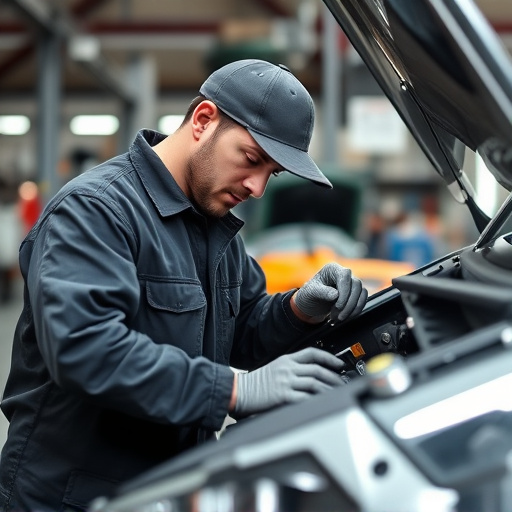
When a vehicle experiences collision damage, the seats often suffer as well, impacting the overall comfort for drivers and passengers. Restoring comfort after seat repair is crucial to ensure a pleasant driving experience. Effective strategies involve not only fixing structural issues but also addressing any aesthetic imperfections that may have arisen from the collision.
One approach is to utilize paintless dent repair techniques, which can restore the original look of the seats without the need for extensive repainting. This method is particularly effective for minor dents and dings, allowing for a swift return to optimal comfort levels. Alternatively, an automotive body shop might employ more comprehensive repairs, replacing worn-out components or realigning frames to perfect the vehicle’s bodywork. By focusing on both structural integrity and visual appeal, these strategies ensure that the restored seats not only function properly but also blend seamlessly with the rest of the vehicle’s interior, enhancing overall comfort for everyone who climbs behind the wheel.
In conclusion, addressing seat repair after collision damage is paramount not only for vehicle aesthetics but also for maintaining optimal comfort and safety features. By understanding the impact of collision on seating components, implementing effective repair strategies, and prioritizing passenger well-being, motorists can ensure their vehicles return to their pre-incident state of comfort and reliability. Effective seat repair processes are integral to enhancing driver and passenger satisfaction, making the journey smoother and safer.

